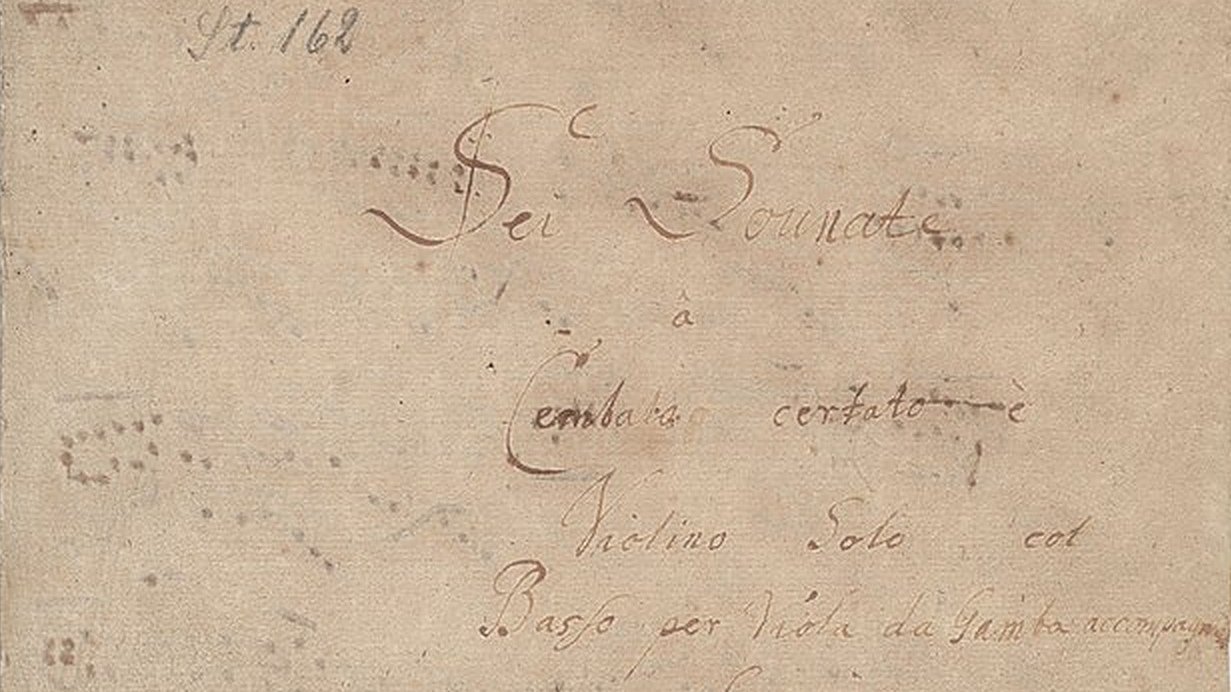Henry Cowell’s “The Banshee”: Haunting Sounds From Inside the Piano
If you listen to Henry Cowell’s The Banshee without the benefit of seeing how the sound is being produced, you might never guess that it is music written for the piano. In fact, it is a piece which requires no piano bench, bypasses the ivories all together, and moves inside the piano to reveal a haunting new sonic landscape. At the time of its completion in 1925, The Banshee, and other works by Cowell, …







